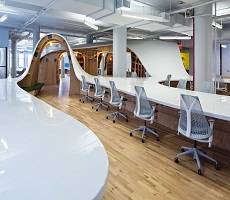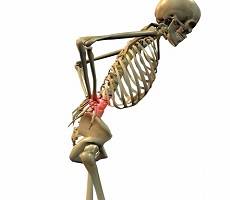April 1, 2014
Average office temperatures set too high say environmental experts
The publication this week of the report Climate Change 2014: Impacts, Adaptation, and Vulnerability by the UN’s science panel that argues that the world is “ill-prepared” for risks from a changing climate, but that opportunities to respond to such risks still exist, proves more than ever that the built environment can play a vital role in helping to curb global warming. The most obvious place to start is by turning down the temperature of the office, which according to researchers from Lancaster University’s DEMAND Research Centre, has become warmer in recent years. As reported by Clickgreen, the researchers from Lancaster University say the average office temperature of 22 degrees C is way too high, and by simply turning down the thermostat and asking occupants to don another layer could do much to address global warming. More →
























April 2, 2014
When worlds collide: a preview of the Salone Internationale del Mobile in Milan
by Justin Miller • Comment, Events, Furniture, Workplace design
More →